Locals refer to Kitulo Plateau as Bustani ya Mungu or The Garden of God, and its amazing floral display lives up to this name. Colors erupt across the plateau in the form of 350 species of vascular plants. This number includes 45 varieties of terrestrial orchid. The rainy season that extends from late November to April turns the plateau into a magical world of jewel-like color. Botanists refer to the plateau as “the Serengeti of flowers.”
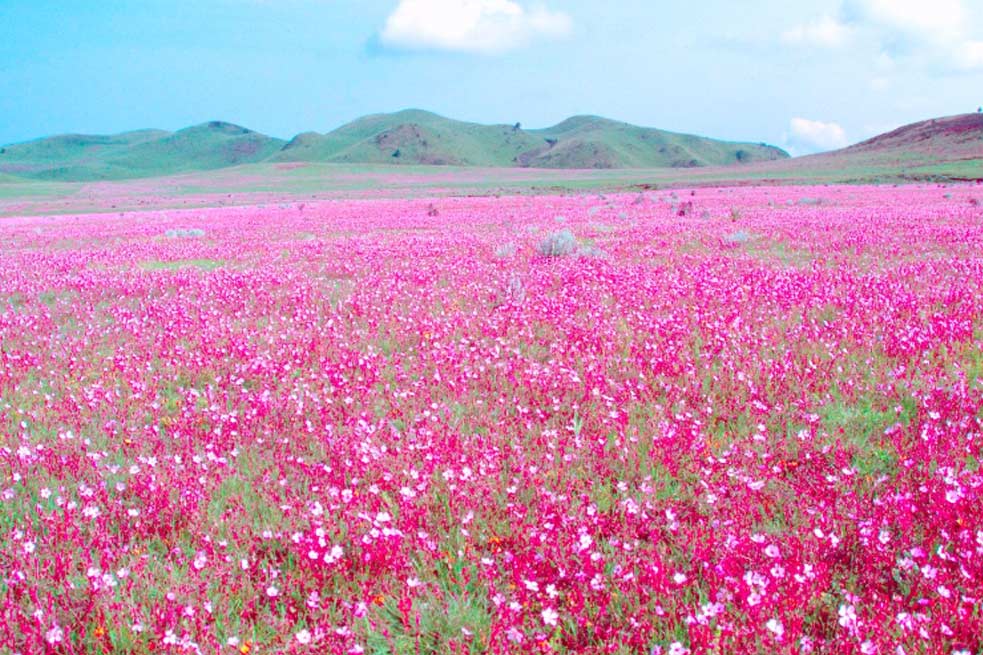
Africa’s big game is not common on the plateau, though a few mountain reedbuck and eland roam across the grassland. What Kitulo lacks in large animals, however, it more than makes up for in plants, birds, and butterflies. It is home to Tanzania’s only population of the rare Denham’s bustard, and the park also supports a breeding colony of the endangered blue swallow. These birds and colorful butterflies flitting through the rainbow carpet of flowers make Kitulo a botanist’s and hiker’s paradise. It truly is God’s Garden.
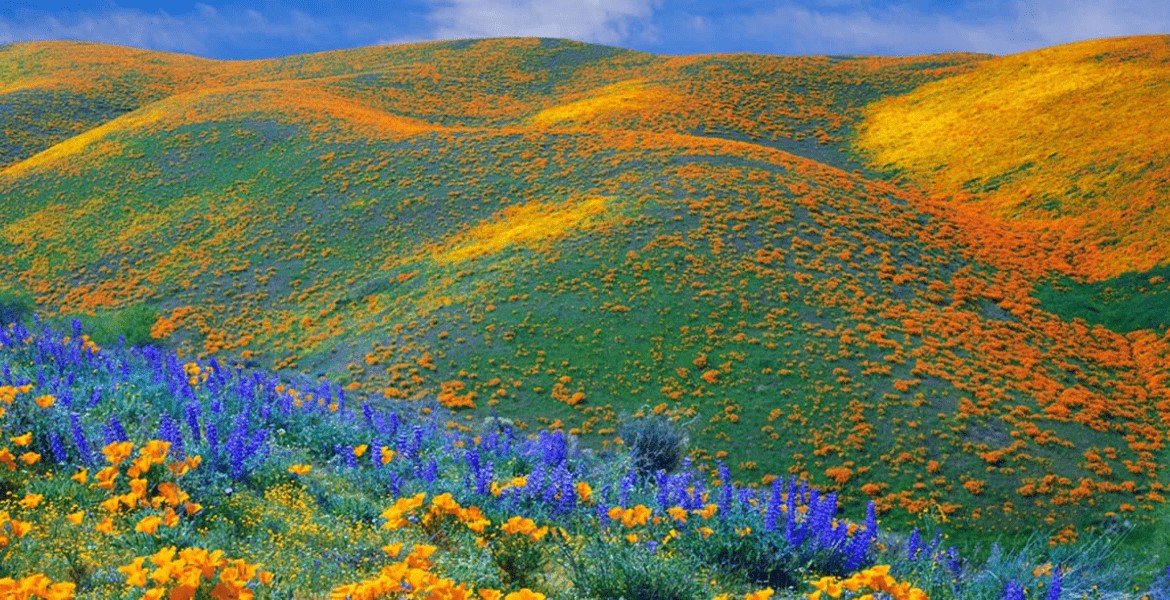
Kitulo Plateau National Park rests at 2,600 meters (8,500 ft) and is nestled between the rugged peaks of the Kipengere, Poroto, and Livingstone Mountains. The well-watered volcanic soils of the plateau support the largest and most important montane grassland ecosystem in Tanzania. Kitulo is best known for the vast number of flower species that bloom across the plateau. Stunning orchids and yellow-orange red-hot poker grow with a myriad of aloes, proteas, geraniums, giant lobelias, lilies, and aster daisies.
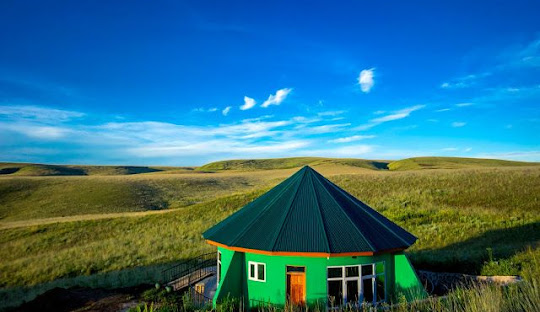
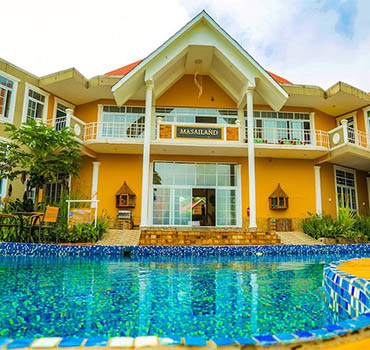


More About Masailand Lodge



More About Gran Melia Hotel



More About Gran Melia Hotel
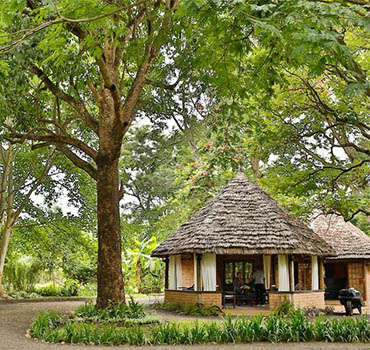


More About Rivertrees


Providing best travel experince to anyone from any corner.
Providing best travel experince to anyone from any corner.
Providing best travel experince to anyone from any corner.